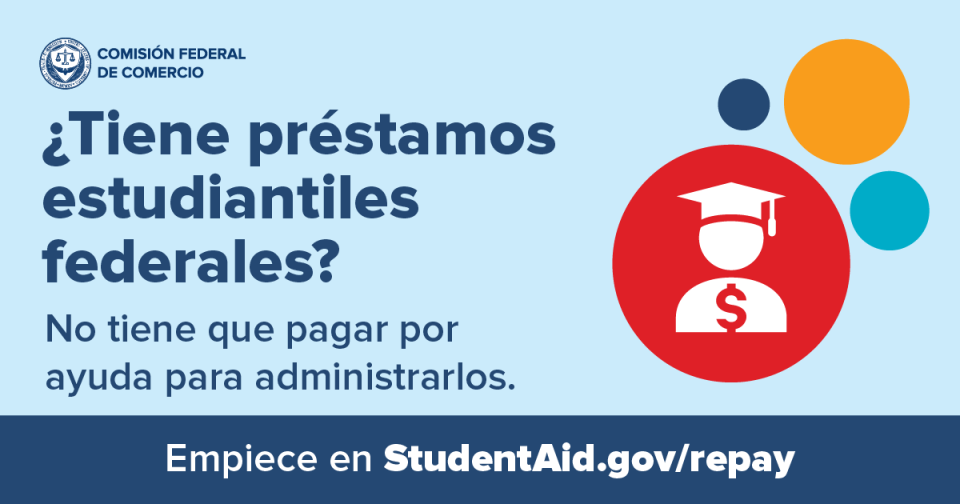New IRS teams being established; new guidance designed to stop partnerships from using sophisticated tax-free transactions that lack economic substance
IR-2024-166, June 17, 2024
WASHINGTON — As part of ongoing efforts to focus more attention on high-income compliance issues, the Internal Revenue Service announced today a new series of steps to combat abusive partnership transactions that allow wealthy taxpayers to avoid paying what they owe.
IRS compliance work continues to accelerate in this complex area of law following Inflation Reduction Act funding. As part of this, the agency is announcing a new dedicated group in the Office of Chief Counsel specifically focused on developing guidance on partnerships, including closing loopholes. The office will work closely with a new pass-through work group being established in the IRS Large Business and International division that will be formally established this fall.
The IRS and the Department of the Treasury today also issued three pieces of guidance focused on partnerships following discoveries by IRS audit teams. Currently, the IRS has tens of billions of dollars of deductions claimed in these transactions under audit.
The new guidance is designed to stop the use of “basis shifting” transactions that use related-party partnerships to avoid taxes. In these complex moves, high-income taxpayers and corporations strip basis from assets they own where the basis is not generating tax benefits and then move the basis to assets they own where it will generate tax benefits without causing any meaningful change to the economics of their businesses. These basis shifting transactions allow closely related parties to avoid taxes.
Treasury estimates these abusive transactions, which cut across a wide variety of industries and individuals, could potentially cost taxpayers more than $50 billion over a 10-year period.
“This announcement signals the IRS is accelerating our work in the partnership arena, which has been overlooked for more than a decade and allowed tax abuse to go on for far too long,” said IRS Commissioner Danny Werfel. “We are building teams and adding expertise inside the agency so we can reverse long-term compliance declines that have allowed high-income taxpayers and corporations to hide behind complexity to avoid paying taxes. Billions are at stake here.”
Using IRA funds, the IRS is increasing audits on complex partnerships, and the issues covered in this guidance will emerge as an important focus area.
The IRS is looking at these issues in current audits and will equip examiners to identify these issues on other partnership returns identified for examination as part of either the Large Partnership Compliance (LPC) program, partnership audit campaigns or other selection methods.
In addition, the new guidance provides greater clarity to taxpayers and examiners. And when final regulations are issued, the increased reporting requirements under the Transactions of Interest (TOI) announced today would give the IRS greater awareness of these arrangements, which are difficult to identify from the face of the tax return.
Werfel noted the guidance today is another sign that IRS compliance activity involving partnerships is accelerating and is needed given indications that marketing to promote basis-shifting transactions is increasing.
“In essence, basis shifting amounts to a shell game where sophisticated tax maneuvers take place by shifting the basis of assets between closely related entities, ultimately allowing these complex partnership arrangements to hide from a tax bill,” Werfel said. “These complicated maneuvers take time and resources for the IRS to uncover. The new guidance is aimed at telling promoters that the IRS considers these transactions inappropriate, and we are bringing new Inflation Reduction Act resources into play to beef up our compliance work in the overlooked partnerships and pass-throughs area.”
Partnerships are part of a category of pass-through organizations under the federal tax code. Pass-throughs include entities such as partnerships and S-corporations. These groups are not subject to the corporate income tax; instead, income is "passed through" onto the income tax returns of the individual or corporate owners and taxed at their income tax rates. Partnerships and other pass-throughs are frequently used by higher-income groups and can be complex tax arrangements.
During the past decade, IRS budget cuts have made it harder for the agency to focus compliance resources on partnerships. Tax filings from pass-through businesses with more than $10 million in assets jumped to nearly 300,000 filings in 2019, 70% more than 2010. At the same time, audit rates fell from 3.8% in 2010 to 0.1% in 2019.
To counter these continuing compliance concerns, the IRS is using funding from the Inflation Reduction Act to strengthen enforcement among high-income taxpayers and corporations, with a special focus on partnerships. The IRS continues to work to add more top talent to help improve compliance work in this area.
The IRS has already announced a series of steps to improve compliance involving high-income individuals and partnerships, including launching audits on 76 of the largest partnerships with average assets over $10 billion that includes hedge funds, real estate investment partnerships, publicly traded partnerships, large law firms and many other industries. The IRS announced today that these complex audits are proceeding and in various stages of the process. These audits can take years depending on the size and complexity of the partnerships.
As part of the increased focus on this area, IRS Chief Counsel Margie Rollinson announced the creation of new Associate Office that will focus exclusively on partnerships, S-corporations, trusts and estates.
“This new Associate office will allow the Chief Counsel organization to focus more directly on this complex area of the tax law and allow more attention to legal guidance and other priorities in the partnership arena,” Rollinson said.
The Associate Office will be drawn from the current Passthroughs and Special Industries (PSI) Office. The “Special Industries” piece of Chief Counsel’s former PSI Office will form a new Associate office as well to focus on energy, credits and incentives and excise taxes, joining another office that has been focused on clean energy guidance.
The new Chief Counsel office will work in close coordination with IRS business units. This includes LB&I, which earlier announced plans to establish a special work group focused on pass-throughs, including complex partnerships. Although work has already started in this area, LB&I plans to formally establish the new work group this fall.
Werfel noted that for the new workgroups in both Counsel and LB&I, the IRS plans to bring in outside experts with private-sector experience regarding pass-throughs to work alongside the expert in-house knowledge of current IRS employees.
“This is an area where the IRS has not had the resources to keep pace with growth in the number of partnerships and the sophisticated tax maneuvers taking place,” Werfel said. “We are continuing to accelerate our work in this area. We need to hone-in on areas where we believe non-compliance has proliferated during the last decade of IRS budget cuts, and partnerships represent an area where complex business structures have allowed millionaires and high-income earners to avoid paying what they legally owe while average taxpayers play by the rules.
IRS.

















.jpg)

